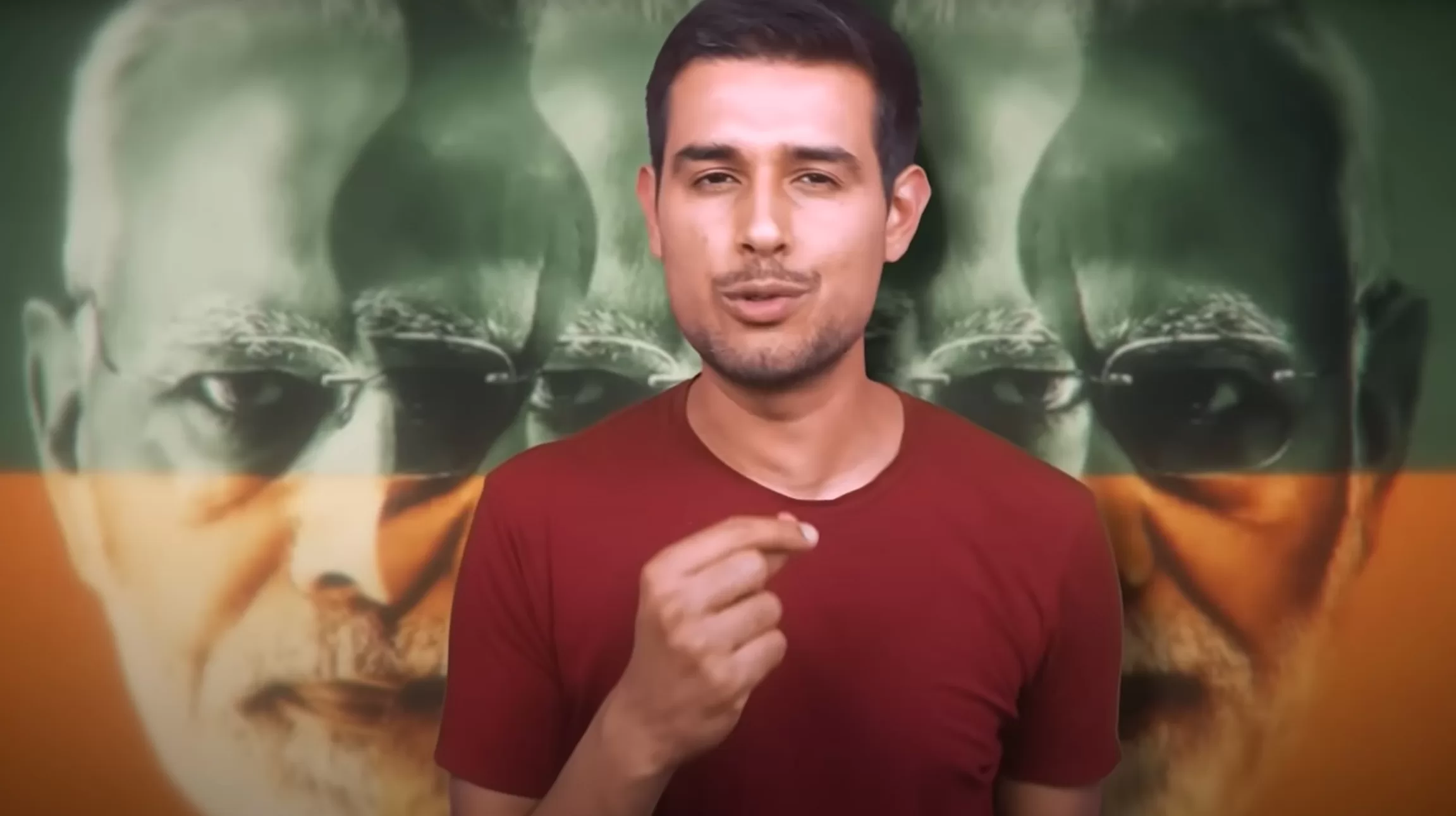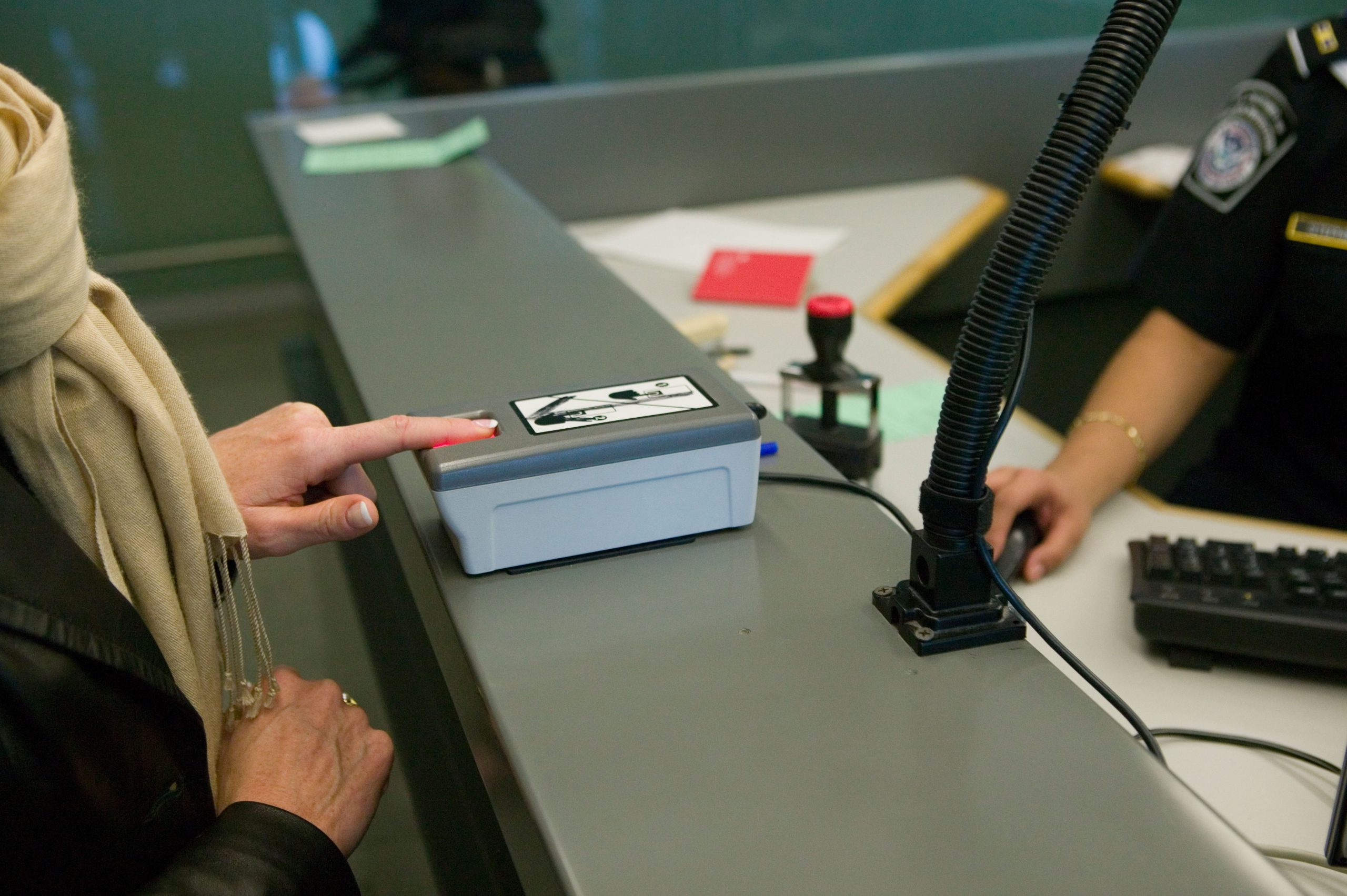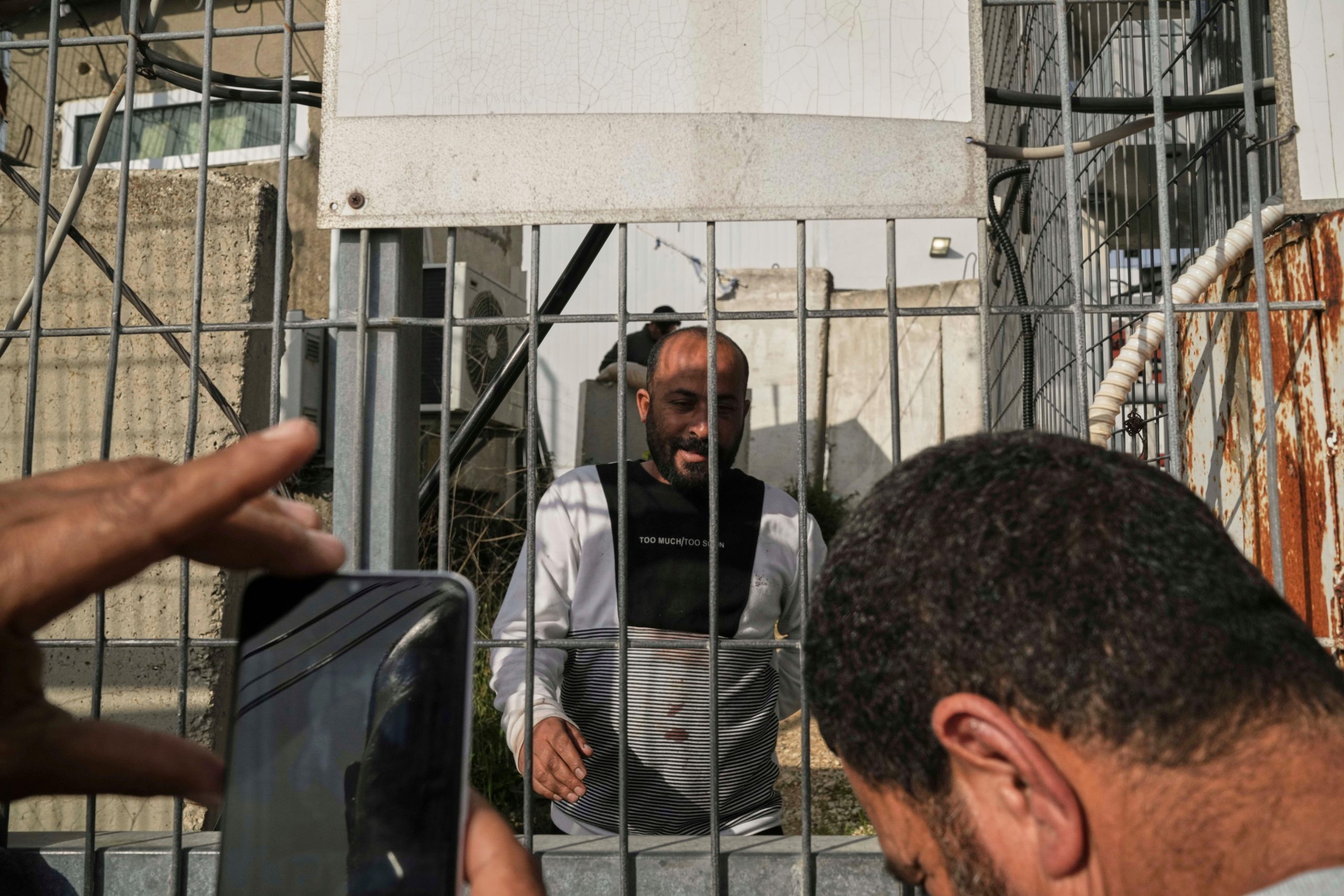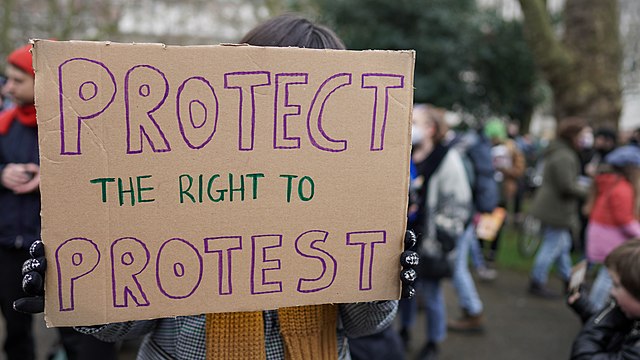On 1 April, less than a month before India went to the polls, a young YouTuber named Dhruv Rathee released a video calling India’s Hindu nationalist prime minister a dictator. Speaking in a loud, declamatory style, Rathee delivered fact after fact, laying out how Narendra Modi had tried to throttle Indian democracy. The video ended with an appeal to vote against the Prime Minister.
At the time of writing, Rathee’s harangue had garnered an incredible 37 million views on YouTube. This number does not capture the fact that many Indians would have viewed this video as a “forward” on WhatsApp. With an incredible 24.6 million subscribers, Rathee is the person Indians increasingly turn to when they want to consume current affairs. And he’s not the only one. Ravish Kumar, one of India’s most well-known journalists, now broadcasts on YouTube with nearly 12 million subscribers. These one-person YouTube channels frequently garner more views and subscribers than corporate-funded mainstream media channels.
For a decade now, India’s mainstream media has stopped doing the job it’s meant to do – holding the powerful to account. Using a mixture of carrot and stick, Modi has ensured his government has little to fear from traditional broadcasters or newspapers. The result: Indians are now increasingly turning to the internet for news and opinion. This trend is so significant that Modi is making increasingly desperate attempts to control what takes place online.
Throttling the press
As a wave of autocratic strongmen sweeps the world, arguably Modi leads the pack. The power he commands in India and the ideological changes he has made to the country have few parallels either globally or in India’s own history. The tactical keystone of this politics? Control over the country’s media.
In 2014, India’s Congress-led liberal coalition crashed to a defeat, bringing Modi to power. This loss was portended by loud television debates bashing the government over corruption, women’s safety and, most of all, so-called Muslim appeasement. Once he came to power, Modi had digested that hard political lesson and was determined to ensure that it would not happen to him.
This was relatively easy to do given the Indian media’s structure. Owned by large corporations who looked to curry favour with the government, India’s powerful national television channels bent over backwards for Modi. In 2022, NDTV, India’s last news network not seen to be pro-Modi was acquired: a billionaire who is not only seen as Modi’s close ally but one whose remarkable rise has been facilitated by his government. The change of NDTV’s ownership was like flipping a switch: the network simply stopped doing any critical reporting, leading to an exodus of its top journalists.
If not directly controlled through a proprietor, the Modi government can also influence media houses through ad spending. Oddly enough, the main source of advertising income for legacy media houses in India is the government. Previously, the Modi government has withheld ads from media houses seen as being critical of the government.
Carrot to stick
What happens if a media house does not bend to Modi? In that case, Indian law provides massive powers to the federal government to regulate and even ban television networks. In 2022 the Modi government peremptorily shut down a Malayalam-language news channel, MediaOne, citing “national security” as a reason. While the ban was later reversed by the Supreme Court, the action had a chilling effect on news networks, which simply cannot afford to be yanked off air overnight.
Starting in 2020, the Modi government employed even harsher provisions against a small, left-wing website called NewsClick. First, India’s severe money-laundering laws were deployed against the media outlet. Not satisfied, the government then charged it under India’s draconian terror legislation, which provides for long prison terms even before a court pronounces on the guilt of the accused. Newsclick’s founder, Prabir Purkayastha, found himself spending more than seven months in jail before the Supreme Court granted him bail.
Modi has not been shy of using similar tactics against the BBC. In 2023, the government launched income tax raids against the British broadcaster’s offices in Delhi after the network aired a documentary that was critical of Modi’s role as chief minister in the 2002 anti-Muslim riots in Gujarat.
All this creates a climate where outright violence against journalists is common. Since Modi took power 28 journalists have been killed. Reporters without Borders calls India “one of the world’s most dangerous countries for the media”.
Broadcast Bill
With the traditional media subdued, Modi is now swivelling his guns towards the internet. In 2023, the government released a new Broadcasting Services (Regulation) Bill looking to regulate television and OTT internet broadcasters. However, in 2024 a new draft significantly expanded the bill’s scope to include internet content creators, apparently driven by the critical role social media had played in the 2024 general election where Modi sustained considerable losses.Copies of this bill were circulated privately by the Modi government and then, just as abruptly, withdrawn.
Even as the exact status of the bill remains unclear – is this truly a withdrawal or a tactical retreat before the final charge? – the provisions in the 2024 draft version are a good pointer as to the scope of Modi’s ambitions when it comes to controlling India’s internet.
The 2024 draft bill, for example, demanded that content creators subject themselves to a draconian regulatory regime designed expressly to stifle free expression. The bill called for content creators to set up “content evaluation committees” which would need to approve the majority of content before it was broadcast (certain programmes such as news and current affairs programmes were exempt), appoint a grievance officer and join a government-approved “self-regulatory organisation” to address grievances as well as ensure compliance with the relevant codes that would be drafted by the government alone. A new Broadcast Advisory Council would have been created by the Indian government which would, in turn, sit above, these self-regulatory organisations.
The entire edifice is a marvel of Orwellian “red tape-ism”, not only bringing content creators under government regulation but making them pay for it themselves. This is significant since adherence to the relevant provisions in the bill would represent a significant, even crippling, cost for small outfits or individual content creators.
How successful has Modi been in his desire to curb free expression in India? While he has achieved a substantial number of his goals, it is credit to India’s democratic traditions that the country’s media has not bent in its entirety. While major media houses are unlikely to play their role as watchdog, independent media and even individual content creators have stepped in to do the job. In fact, the fierce criticism Modi faced when he released the draft of the Broadcast Bill is a fine example of how India’s democratic traditions are trying to push back against curbs to free speech. It is not insignificant that Modi withdrew the draft bill and has gone back to the drawing board on trying to control the internet.





